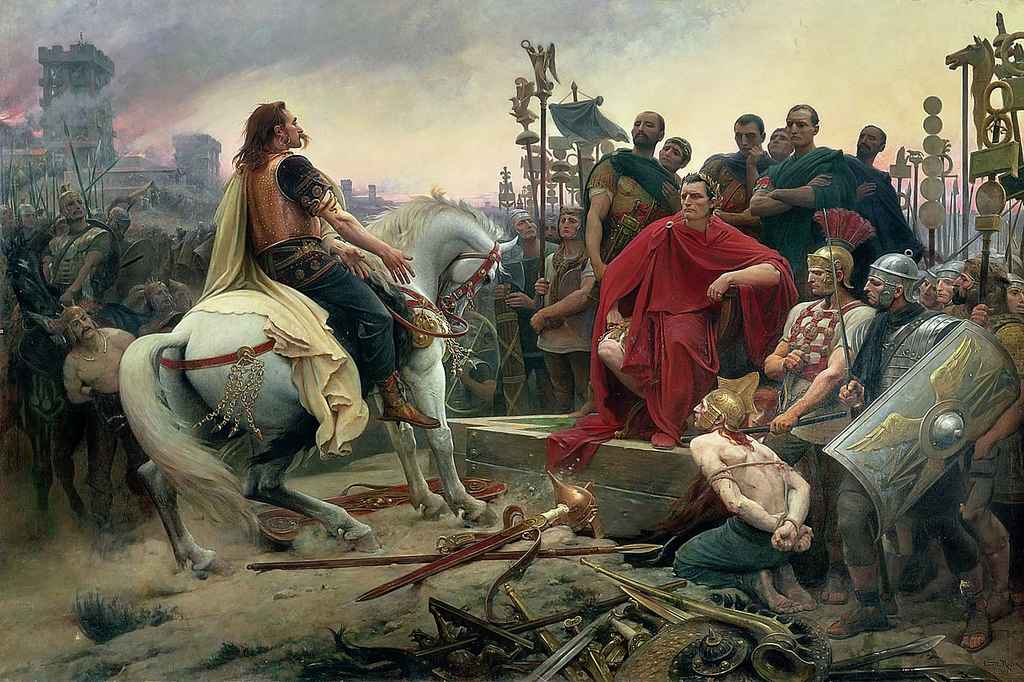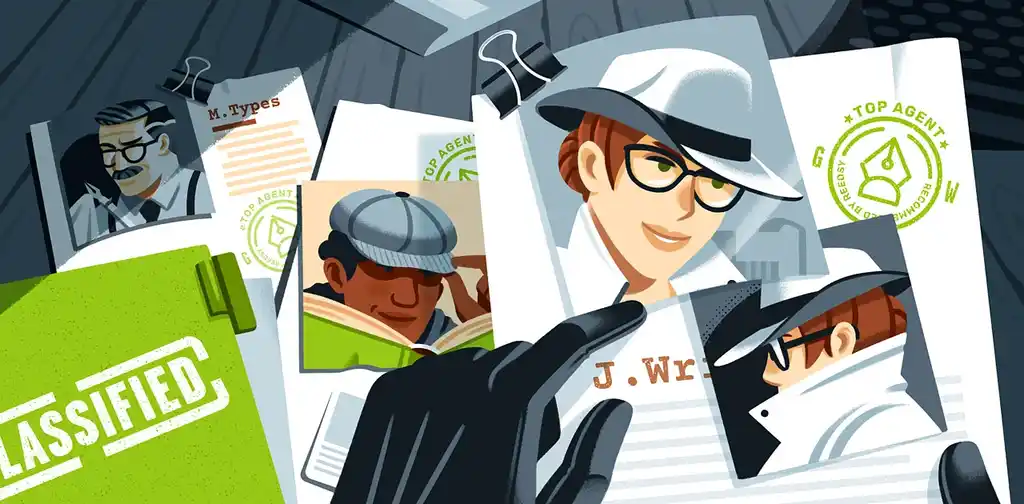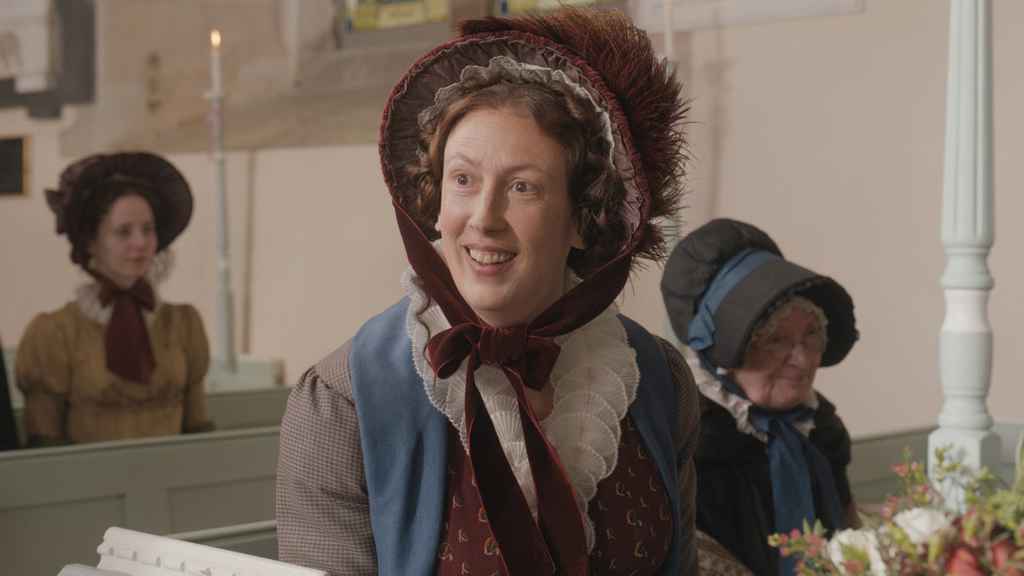Guides • Perfecting your Craft
Last updated on Oct 15, 2025
What is a Memoir? An Inside Look at Life Stories
Martin Cavannagh
Head of Content at Reedsy, Martin has spent over eight years helping writers turn their ambitions into reality. As a voice in the indie publishing space, he has written for a number of outlets and spoken at conferences, including the 2024 Writers Summit at the London Book Fair.
View profile →A memoir is a type of nonfiction narrative written from the author's perspective about a specific period or event in their life. Because it's filtered through the author's POV, it often emphasizes their emotions and reflections. While it's similar to an autobiography, it's often more selectively compact and may not necessarily cover the author's entire life.

The term comes from the French word “mémoire,” which means “memory,” or “reminiscence.” To give you a touchstone before we go any further, here are a couple of famous examples of memoirs, some of which you might recognize:
- Walden by Henry David Thoreau;
- Angela’s Ashes by Frank McCourt;
- Becoming by Michelle Obama;
- Eat, Pray, Love by Elizabeth Gilbert; and
- Wild by Cheryl Strayed.
You’d be forgiven for mistaking any of these popular memoirs for a novel — since, just like novels, they have a plot, characters, themes, imagery, and speech. We like to think of memoirs as nonfiction by name and fiction by nature.
A quick biography of the memoir
To trace the memoir back to its origins, we’ll need to don our best togas and hitch a chariot ride back to ancient Rome. That’s right, memoirs have been around since at least the first century BC when Julius Caesar’s Commentaries on the Gallic Wars offered not only a play-by-play of each battle but a peek into the mind of one of Rome’s most dynamic leaders.

“I came, I saw, I conquered, my dudes!”
During the Middle Ages and into the Renaissance, memoirs continued to be written by the ruling classes, who interpreted historical events they played a role in or closely observed. The gentry — who had the luxuries of free time, literacy, and spare funds — would document the events and machinations of court, as well as the many military crusades. It was the French who particularly excelled, with diplomats, knights, and historians, such as Philippe de Comminnes and Blaise de Montluc, seizing the opportunity to cement their legacy.
From the 17th century, memoirs began to revolve around people rather than events, though typically, the focus was not on the author’s own life but on the people around him. Once again, the French took the lead — namely, Duc de Saint-Simon, who has received literary fame for his penetrating character sketches of the court of Louis XIV. (Think diary entries packed with petty intrigue and rumor-mongering.)

NEW REEDSY COURSE
How to Write a Novel
Enroll in our course and become an author in three months.
From Julius Caesar to Julia Roberts
As time wore on, this elite posse of memoirists came to include noted professionals, such as politicians and businessmen (it was still always men), who wanted to publish accounts of their own public exploits. The exception to this model was Henry David Thoreau's 1854 memoir Walden — an account of his two years in a Massachusetts cabin, finding fulfillment in the wilderness.
In his book Memoir: A History, Ben Yagoda sketches a family tree pinning Walden as a precursor to the modern success of spiritual and “schtick lit” memoirs like Eat, Pray, Love and Gretchen Ruben’s The Happiness Project, as well as the long literary tradition of “My year of…” memoirs that gave us Joan Didion’s The Year of Magical Thinking. Yagoda also traces the roots of these spiritual memoirs back even further to The Confessions of St Augustine written in A.D. 397, in which Augustine admits to a sinful youth spent munching stolen pears (gasp) before finding the path to Christianity.

“I ate, I prayed, I loved, my dudes!” (image: Sony Pictures)
Yagoda’s point? Once a memoir type emerges, it’ll keep spawning subgenres. For example, traces of the professional memoir and the fragmentary diary can be found in Adam Kay’s medical bestseller This is Going to Hurt. One thing that all memoirs have in common, however, is that they allow us to get to know a stranger on an intimate level — a prospect that appeals to our nosy side and will likely never get old.

MEET GHOSTWRITERS
Find a ghost you can trust
Your mission? A fantastic book. Find the perfect writer to complete it on Reedsy.
Is a memoir the same as an autobiography?
Memoirs and autobiographies are usually found on the same shelves of the bookstore, and so are often conflated in the minds of authors. But we’re here to tell you they’re not the same thing. While both are accounts of the writer's experiences, autobiographies span their entire life, providing the who-what-where-when-why of each stage, in chronological order.
Nelson Mandela’s Long Walk to Freedom is an example of an autobiography: it details his childhood, his years as a freedom fighter, as well as those spent in prison, and finally, the complex negotiations that led to his release and the beginning of the end of apartheid.

A memoir, on the other hand, is more selective with its timeline. The constraints of the autobiography are loosened, and authors can intimately explore a pivotal moment or a particular facet of their life, allowing their thoughts and feelings to take control of the narrative. For example, journalist Ronan Farrow's Catch and Kill chronicles his investigation leading up to the #MeToo movement, while William Finnegan’s Barbarian Days is a soaring ode to his one great love and obsession — surfing.
Memoir’s emphasis on storytelling is sometimes said to differentiate it from autobiography, but there are much more important differences to be aware of. After all, a good autobiography ought to weave a narrative, too.

GET ACCOUNTABILITY
Meet writing coaches on Reedsy
Industry insiders can help you hone your craft, finish your draft, and get published.
They’re not just for celebrities
These days, most bestselling memoirs tend to be written by celebrities (or their ghostwriters). Naturally, publishers are keen to capitalize on a well-known person's platform and existing fanbase to sell books — but that doesn't mean you need to be a reality star or a newsmaking criminal to tell your story.
"You have to give people a reason to care about you," says Paul Carr, the author of three published traditionally published memoirs. "They need a reason to relate to your story — for your story to resonate with them."
While most people reading this article are probably not household names, there may be some aspects of your life that can be told in a way that touches on universal human experiences. Or perhaps your story is something that can help people improve their lives in big and small ways.
Even if your memoir doesn't have broad commercial potential, there can be other reasons for writing one:
- To recall and cement the memory of a certain time in your life;
- To leave behind an important story or lesson for your family;
- To document your travels or a once-in-a-lifetime trip;
- To open up about something painful or difficult; or simply,
- To tell a powerful story that will resonate with readers.
If there's someone out there who will benefit from reading your story — whether it's millions of fans or your immediate family — you may find that to be enough of a reason to pick up your pen and start to write.
In the next article in our series about memoirs, we offer up 21 examples of memoirs that might inspire you to write your own.

